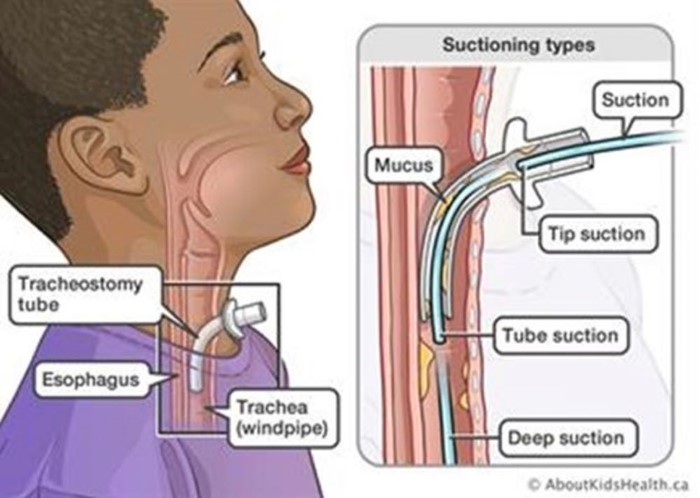A nurse is reviewing the medical record of a client. These are the medical reports; Hypoactive bowel sounds upon auscultation, abdomen soft, not distended on palpation and urinary output of 130mL/4hr. Which of the following findings should the nurse report to the provider?
Urine specific gravity
Prealbumin
Temperature
Bowel sounds
The Correct Answer is D
Choice A reason:
Urine specific gravity should not be reported by the nurse. While urine specific gravity is an important indicator of hydration status and kidney function, the provided information does not suggest any abnormalities in urinary output or signs of kidney issues. It is not the most critical finding to report in this scenario.
Choice B reason:
Prealbumin should not be reported by the nurse. Prealbumin is a protein used to assess nutritional status, but its significance in this situation is not apparent from the provided data. It may be relevant in other contexts, such as assessing malnutrition, but it does not directly address the current findings.
Choice C reason:
Temperature should not be reported by the nurse. The provided information does not include any data about the client's temperature, and there are no signs of infection mentioned. While temperature is an important vital sign, it is not relevant to the findings presented in this scenario.
Choice D reason
The nurse should report the "hypoactive bowel sounds upon auscultation" to the provider. Hypoactive bowel sounds can be a sign of gastrointestinal (GI) motility issues, which may indicate a potential problem with the client's digestive system. It could be due to various causes such as bowel obstruction, inflammation, or other GI disorders. Reporting this finding to the provider is essential so that appropriate assessments and interventions can be taken to address the client's condition.
Nursing Test Bank
Naxlex Comprehensive Predictor Exams
Related Questions
Correct Answer is C
Explanation
A radial pulse is the pulse felt at the wrist, where the radial artery runs along the thumb side of the forearm. It is one of the most common sites for measuring a person's heart rate⁴.
To measure a radial pulse, the examiner should place two or three fingers over the radial artery, just below the wrist crease, and apply gentle pressure until a pulsation is felt. The examiner should not use the thumb, as it has its own pulse and may interfere with the accuracy of the measurement. The examiner should count the number of beats for 15, 30, or 60 seconds, depending on the regularity and rate of the pulse³⁵.
In the picture, the unlicensed assistive personnel (UAP) is using the thumb to measure the radial pulse, which is incorrect. The practical nurse (PN) should demonstrate the correct pulse site to the UAP and explain why using the thumb is not appropriate. This will help to ensure that the UAP obtains an accurate and reliable pulse rate for the client.
Correct Answer is A
Explanation
- Seizure precautions are measures taken to protect a client who is at risk of having a seizure, which is a sudden and abnormal electrical activity in the brain that can cause changes in behavior, movement, sensation, or consciousness. Seizure precautions include providing a safe environment, monitoring the client's vital signs and neurological status, administering anticonvulsant medications, and documenting the onset, duration, and characteristics of any seizure activity.
- One of the potential complications of a seizure is aspiration, which is the inhalation of foreign material into the lungs, such as saliva, vomit, or food. Aspiration can cause choking, pneumonia, or respiratory distress. To prevent or treat aspiration, the practical nurse (PN) should ensure the ready availability of equipment to perform suctioning of the trachea, which is the tube that connects the mouth and nose to the lungs. Suctioning of the trachea involves inserting a catheter through the nose or mouth into the trachea and applying negative pressure to remove any secretions or debris from the airway.
- Therefore, option A is the correct answer, while options B, C, and D are incorrect.
Option B is incorrect because inserting a urinary catheter is not related to seizure precautions or aspiration prevention.
Option C is incorrect because applying soft restraints may not be necessary or appropriate for a client who requires seizure precautions, as they may interfere with the natural movements of the seizure or cause injury to the client.
Option D is incorrect because inserting a nasogastric tube is not related to seizure precautions or aspiration prevention.

Whether you are a student looking to ace your exams or a practicing nurse seeking to enhance your expertise , our nursing education contents will empower you with the confidence and competence to make a difference in the lives of patients and become a respected leader in the healthcare field.
Visit Naxlex, invest in your future and unlock endless possibilities with our unparalleled nursing education contents today
Report Wrong Answer on the Current Question
Do you disagree with the answer? If yes, what is your expected answer? Explain.
Kindly be descriptive with the issue you are facing.
